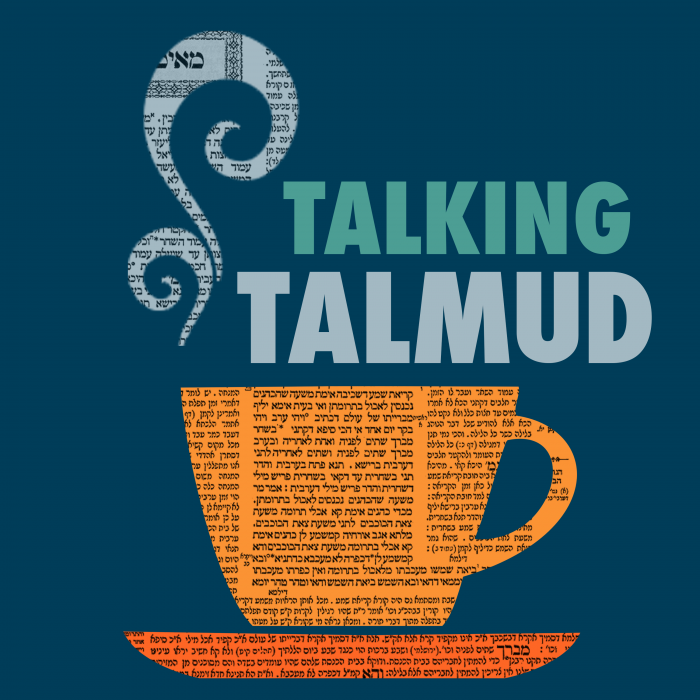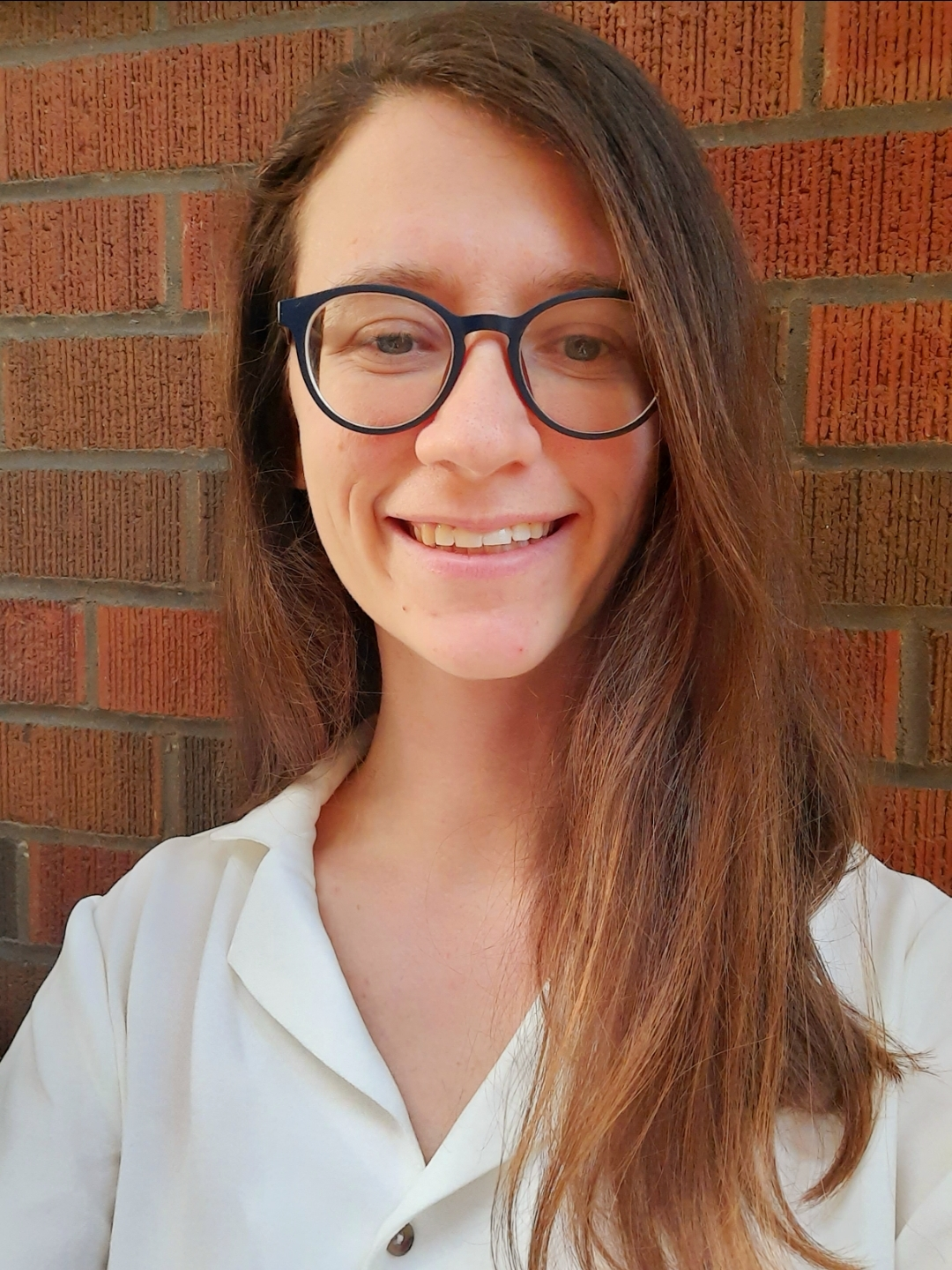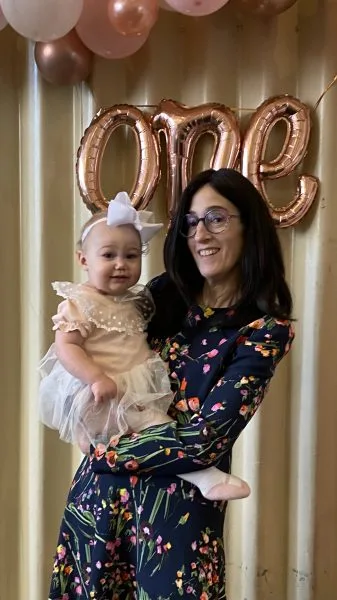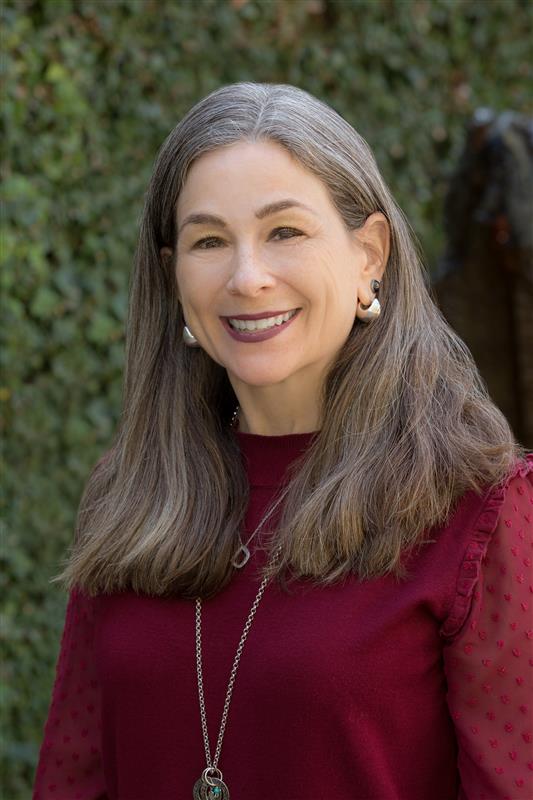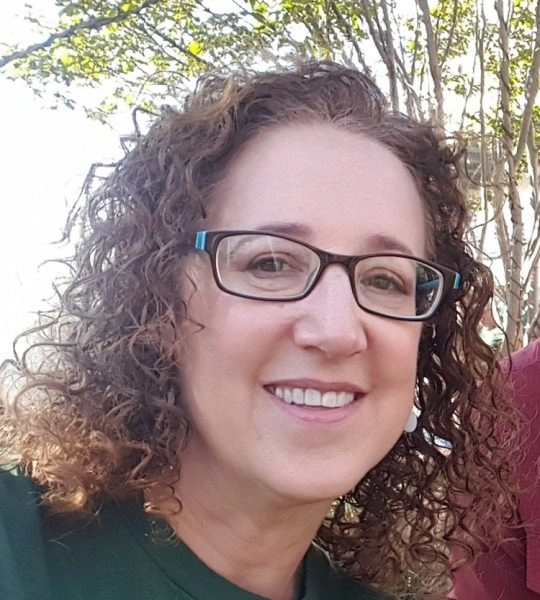Shevuot 12
שָׁאנֵי קְטוֹרֶת דְּלָא בַּר רְעִיָּה הִיא!
no proof can be drawn from there, as incense is different, as it is not an entity that can be left to graze. The option that exists for animals to leave them to graze until they develop a blemish and then redeem them obviously cannot apply to incense. Therefore, it is reasonable that with regard to incense, since there is no other way to rectify it, all will concede that the court makes a stipulation.
אֶלָּא רַבָּנַן דְּפָרָה – דִּלְמָא שָׁאנֵי פָּרָה דְּדָמֶיהָ יְקָרִין!
Rather, say it is the opinion of the Sages who ruled, in the baraita cited above, with regard to the red heifer that it may be redeemed if a choicer one is found. The Gemara rejects this claim: Perhaps the case of a red heifer is different, since it is of great monetary value. To avoid a considerable loss, the court makes a stipulation despite it being an uncommon case.
וְאֶלָּא רַבָּנַן דְּ״אָמְרוּ לוֹ״ –
Rather, say it is the opinion of the Sages that is introduced with the phrase: They said to him, in the mishna on 2b.
מִמַּאי דְּרַבִּי יְהוּדָה הִיא – וְהָכִי קָאָמַר לֵיהּ: בִּשְׁלָמָא לְדִידִי דְּאָמֵינָא לֵב בֵּית דִּין מַתְנֶה עֲלֵיהֶן – אַמְּטוּ לְהָכִי יִקְרְבוּ; אֶלָּא לְדִידָךְ דְּאָמְרַתְּ לָא – אַמַּאי יִקְרְבוּ?
The Gemara asks: From where do you know that the tanna referred to as the Rabbis is Rabbi Yehuda and that this is what he is saying to Rabbi Shimon: Granted, according to my opinion, that I say that the court tacitly stipulates concerning offerings that their consecration is contingent upon their eventual use, it is due to this reason that they can be sacrificed on an occasion different from the one they were initially intended for; but according to your opinion, that you say that the court does not make such stipulations, why can they be sacrificed on an occasion different from the one they were initially intended for?
וְדִלְמָא רַבִּי מֵאִיר הִיא – וְהָכִי קָאָמַר לֵיהּ: בִּשְׁלָמָא לְדִידִי, דְּאָמֵינָא כׇּל הַשְּׂעִירִים כַּפָּרָתָן שָׁוָה – מִשּׁוּם הָכִי יִקְרְבוּ; אֶלָּא לְדִידָךְ, אַמַּאי יִקְרְבוּ?
But perhaps the tanna referred to as the Rabbis is Rabbi Meir, and this is what he is saying to Rabbi Shimon: Granted, according to my opinion, that I say that the atonement effected by the goats of the additional offerings of all three occasions, i.e., those of the New Moons, Festivals, and Yom Kippur, is the same, it is due to this reason that they can be sacrificed on an occasion different from the one they were initially intended for. But according to your opinion, that they effect atonement for different cases of sin, why can they be sacrificed on an occasion different from the one they were initially intended for? Since it cannot be demonstrated that the Rabbis’ opinion is based on the assumption that the court makes stipulations with regard to communal offerings, no proof can be drawn from the mishna.
אֶלָּא רַבִּי יוֹחָנָן גְּמָרָא גְּמִיר לַהּ: לְדִבְרֵי רַבִּי שִׁמְעוֹן – אֵין נִפְדִּין, לְדִבְרֵי חֲכָמִים – נִפְדִּין.
Rather, the opinion of the Rabbis cited by Rabbi Yoḥanan is not necessarily recorded elsewhere, but Rabbi Yoḥanan learned it through a tradition that lambs consecrated for the daily offerings that were not needed by the public, according to the statement of Rabbi Shimon, cannot be redeemed if they are unblemished, while according to the statement of the Rabbis, they may be redeemed, even if they are unblemished.
וּלְרַבִּי שִׁמְעוֹן דְּלֵית לֵיהּ לֵב בֵּית דִּין מַתְנֶה עֲלֵיהֶן, מַאי עָבְדִין לְהוּ? אָמַר רַבִּי יִצְחָק אָמַר רַבִּי יוֹחָנָן: מְקַיְּצִין בָּהֶן אֶת הַמִּזְבֵּחַ.
The Gemara asks: And according to the opinion of Rabbi Shimon, who does not hold that the court tacitly stipulates concerning those lambs that were consecrated for the daily offerings that remain unused at the end of the fiscal year, what is done with them? Rabbi Yitzḥak says that Rabbi Yoḥanan says: One supplements the offerings brought on the altar with them. Whenever there were no obligatory offerings to be brought upon the altar, supplementary offerings would be offered upon it in order that it should not remain idle.
אָמַר רַבִּי שְׁמוּאֵל בַּר רַב יִצְחָק: וּמוֹדֶה רַבִּי שִׁמְעוֹן בִּשְׂעִירֵי חַטָּאת, שֶׁאֵין מְקַיְּצִין בְּגוּפָן אֶלָּא בִּדְמֵיהֶן.
Rabbi Shmuel bar Rav Yitzḥak says: And Rabbi Shimon concedes with regard to goats of communal sin-offerings that were lost and for which replacements were offered in their stead, that even should they later be found, one does not supplement the offerings of the altar with those animals themselves. Rather, supplementary offerings are purchased with their value, i.e., the sin-offerings should be left to graze until they develop a blemish, at which point they can be sold and the proceeds used to purchase supplementary offerings.
הָכָא הוּא דְּמֵעִיקָּרָא עוֹלָה וְהַשְׁתָּא עוֹלָה; אֲבָל הָתָם דְּמֵעִיקָּרָא חַטָּאת וְהַשְׁתָּא עוֹלָה – גְּזֵירָה לְאַחַר כַּפָּרָה אַטּוּ לִפְנֵי כַפָּרָה.
By Torah law, both communal burnt-offerings and sin-offerings that may no longer be offered for their intended purposes may be offered as supplementary burnt-offerings. Nevertheless, Rabbi Shimon draws a distinction between the two cases: Here, where from the outset the animal was intended to be used as a burnt-offering, i.e., for the daily-offering, and now the intention is to use it as a burnt-offering, i.e., for the supplementary offerings, the animal itself may be used. But there, where from the outset the animal was intended to be used as a sin-offering, and now the intention is to use it as a burnt-offering, there is a rabbinic decree rendering prohibited the use of the animal itself even after its atonement has already been effected by a replacement sin-offering, due to the concern that people will confuse it with a sin-offering before its atonement has been effected by a replacement sin-offering. Such a sin-offering may be brought only for its originally intended purpose.
אָמַר אַבָּיֵי: אַף אֲנַן נָמֵי תְּנֵינָא: פַּר וְשָׂעִיר שֶׁל יוֹם הַכִּפּוּרִים שֶׁאָבְדוּ וְהִפְרִישׁ אֲחֵרִים תַּחְתֵּיהֶם, וְכֵן שְׂעִירֵי עֲבוֹדָה זָרָה שֶׁאָבְדוּ וְהִפְרִישׁ אֲחֵרִים תַּחְתֵּיהֶן – כּוּלָּן יָמוּתוּ. דִּבְרֵי רַבִּי יְהוּדָה. רַבִּי אֶלְעָזָר וְרַבִּי שִׁמְעוֹן אוֹמְרִים: יִרְעוּ עַד שֶׁיִּסְתָּאֲבוּ, וְיִמָּכְרוּ וְיִפְּלוּ דְּמֵיהֶן לִנְדָבָה; שֶׁאֵין חַטַּאת צִבּוּר מֵתָה.
Abaye said: We learn this in a baraita as well: With regard to the bull and the goat of Yom Kippur that were lost, and one separated and sacrificed others in their stead, and likewise, goats that were designated to atone for an act of unwitting public idol worship that were lost, and one separated and sacrificed others in their stead, in such cases, all of the original animals, if they are subsequently found, should be left to die. This is in accordance with the halakha that a sin-offering whose owner has already achieved atonement is left to die. This is the statement of Rabbi Yehuda. Rabbi Elazar and Rabbi Shimon say: They should graze until they become unfit, and then they are sold and their proceeds are allocated for communal gift offerings. They do not need to be left to die because the halakha is that a communal sin-offering is not left to die.
וְאַמַּאי? נִקְרְבוּ אִינְהוּ גּוּפַיְיהוּ עוֹלָה! אֶלָּא לָאו שְׁמַע מִינַּהּ: גְּזֵירָה לְאַחַר כַּפָּרָה אַטּוּ לִפְנֵי כַפָּרָה?
Abaye explains how this baraita supports Rav Shmuel bar Yitzḥak’s claim: But why do Rabbi Elazar and Rabbi Shimon say that the animal should be left to develop a blemish? Let these animals themselves be sacrificed as a supplementary burnt-offering. Rather, must one not conclude from the fact they did not offer this suggestion that there is a rabbinic decree rendering prohibited the use of the animal itself, even after its atonement has already been effected, due to the concern that people will confuse it with a sin-offering before its atonement has been effected?
אָמַר רָבָא, אַף אֲנַן נָמֵי תְּנֵינָא: וְהַשֵּׁנִי יִרְעֶה עַד שֶׁיִּסְתָּאֵב, וְיִמָּכֵר וְיִפְּלוּ דָּמָיו לִנְדָבָה.
Rava said: We learn this halakha in a mishna (Yoma 62a) as well: If after the lottery for the two Yom Kippur goats one of them dies, another pair is brought and a second lottery is performed. One becomes the counterpart of the remaining goat from the first pair, and the second, now–superfluous goat is left to graze until it becomes unfit; and then it is sold and the proceeds are allocated for communal gift offerings.
וְאַמַּאי? יִקְרַב אִיהוּ גּוּפֵיהּ עוֹלָה! אֶלָּא לָאו שְׁמַע מִינַּהּ: גְּזֵרָה אַחַר כַּפָּרָה אַטּוּ לִפְנֵי כַפָּרָה?
Rava explains how this mishna supports Rav Shmuel bar Yitzḥak’s claim: But why should the superfluous goat be left to develop a blemish? Let the animal itself be sacrificed as a supplementary burnt-offering. Rather, must one not conclude from the fact that the mishna does not offer this suggestion that there is a rabbinic decree rendering prohibited the use of the animal itself even after its atonement has already been effected, due to the concern that people will confuse it with a sin-offering before its atonement has been effected?
אָמַר רָבִינָא, אַף אֲנַן נָמֵי תְּנֵינָא: אָשָׁם שֶׁמֵּתוּ בְּעָלָיו אוֹ שֶׁנִּתְכַּפְּרוּ בְּעָלָיו – יִרְעֶה עַד שֶׁיִּסְתָּאֵב, וְיִמָּכֵר וְיִפְּלוּ דָּמָיו לִנְדָבָה. רַבִּי אֱלִיעֶזֶר אוֹמֵר: יָמוּת. רַבִּי יְהוֹשֻׁעַ אוֹמֵר: יָבִיא בְּדָמָיו עוֹלָה.
Ravina said: We learn this halakha in a mishna (Temura 20b) as well: A guilt-offering whose owner died, or that was lost and before it was subsequently found its owner achieved atonement through a replacement guilt-offering, should graze until it becomes unfit, and then it is sold and the proceeds are allocated for communal gift offerings. Rabbi Eliezer says: It should be left to die. Rabbi Yehoshua says: The owner of the guilt-offering should bring a burnt-offering with the proceeds of its sale.
וְלִיקְרַב הָא גּוּפַאּ עוֹלָה! אֶלָּא לָאו גְּזֵירָה לְאַחַר כַּפָּרָה אַטּוּ לִפְנֵי כַּפָּרָה? שְׁמַע מִינַּהּ.
Ravina explains how this mishna supports Rav Shmuel bar Yitzḥak’s claim: But why should it be left to develop a blemish? Let this animal itself be sacrificed as a supplementary burnt-offering. Rather, must one not conclude from the fact that the mishna does not offer this suggestion that there is a rabbinic decree rendering prohibited the use of the animal itself, even after its atonement has already been effected, due to the concern that people will confuse it with a sin-offering before its atonement has been effected? The Gemara affirms: Conclude from it that there is such a rabbinic decree.
תַּנְיָא נָמֵי הָכִי: מָה הֵן מְבִיאִין מִן הַמּוֹתָרוֹת?
Rabbi Yoḥanan explained that Rabbi Shimon holds that lambs that were consecrated for the daily offerings that remain unused at the end of the fiscal year are offered as supplementary offerings. The Gemara notes: This is also taught in a baraita: What type of offerings would they bring from the surplus lambs that were consecrated for the daily offerings?
קַיִץ כִּבְנוֹת שׁוּחַ לַמִּזְבֵּחַ. וְהָכְתִיב: ״כִּי כׇל שְׂאֹר וְכׇל דְּבַשׁ וְגוֹ׳״! תָּנֵי רַב חֲנִינָא: כִּבְנוֹת שׁוּחַ לְאָדָם.
They would bring from them dessert, like white figs, for the altar. The Gemara asks: Are white figs ever offered on the altar? But isn’t it written: “For any leavening or fruit honey you shall not cause to go up in smoke as a fire-offering to the Lord” (Leviticus 2:11)? The term “fruit honey” includes all tree fruits. The Gemara answers: Rav Ḥanina teaches: The supplementary offerings are to the altar like white figs for a person.
דָּרַשׁ רַב נַחְמָן בַּר רַב חִסְדָּא: אֵין מְקַיְּצִין בְּעוֹלַת הָעוֹף. אָמַר רָבָא: הָא בּוּרְכָא! אֲמַר לֵיהּ רַב נַחְמָן בַּר יִצְחָק לְרָבָא: מַאי בּוּרְכְתָא? אֲנָא אַמְרִיתַהּ נִיהֲלֵיהּ, וּמִשְּׁמֵיהּ דְּרַב שִׁימִי מִנְּהַרְדְּעָא אַמְרִיתַהּ נִיהֲלֵיהּ – דְּאָמַר רַב שִׁימִי מִנְּהַרְדְּעָא: מוֹתָרוֹת לְנִדְבַת צִבּוּר אָזְלִי, וְאֵין עוֹלַת עוֹף בְּצִבּוּר.
The Gemara discusses what may be used for the supplementary offerings: Rav Naḥman bar Rav Ḥisda taught: One does not supplement the offerings of the altar with a bird burnt-offering. Rava said: This ruling is an absurdity [burkha]. Rav Naḥman bar Yitzḥak said to Rava: What is the absurdity? The ruling has a basis. I said this ruling to Rav Naḥman, and said it to him in the name of Rav Shimi of Neharde’a, as Rav Shimi of Neharde’a says: The surplus lambs that were consecrated for the daily offerings are allocated for communal gift offerings, and there is not a bird burnt-offering that is offered by the community.
וְאַף שְׁמוּאֵל סָבַר לְהָא דְּרַבִּי יוֹחָנָן, דְּאָמַר רַב יְהוּדָה אָמַר שְׁמוּאֵל: קׇרְבְּנוֹת צִבּוּר – סַכִּין מוֹשַׁכְתָּן לְמַה שֶּׁהֵן.
The Gemara notes: And also Shmuel holds in accordance with this statement of Rabbi Yoḥanan, who taught that Rabbi Shimon holds that lambs consecrated for the daily offering that were not used are brought as supplementary offerings, even though they were not originally consecrated for that purpose, as Rav Yehuda says that Shmuel says: With regard to communal offerings, their consecration serves only to define which general category of offering they are included in, e.g., whether they are a sin-offering or burnt-offering, but it is the purpose for which they are ultimately slaughtered with a knife that defines what their precise nature is.
תַּנְיָא נָמֵי הָכִי: וּמוֹדֶה רַבִּי שִׁמְעוֹן בְּשָׂעִיר, שֶׁאִם לֹא קָרַב בָּרֶגֶל יִקְרַב בְּרֹאשׁ חֹדֶשׁ, וְאִם לֹא קָרַב בְּרֹאשׁ חֹדֶשׁ יִקְרַב בְּיוֹם הַכִּפּוּרִים, וְאִם לֹא קָרַב בְּיוֹם הַכִּפּוּרִים יִקְרַב בָּרֶגֶל, וְאִם לֹא קָרַב בְּרֶגֶל זֶה יִקְרַב בְּרֶגֶל אַחֵר; שֶׁמִּתְּחִלָּתוֹ לֹא בָּא אֶלָּא לְכַפֵּר עַל מִזְבֵּחַ הַחִיצוֹן.
The Gemara notes: This is also taught in a baraita with regard to sin-offerings: And Rabbi Shimon concedes with regard to a goat consecrated to be used as part of the additional offerings on the pilgrimage Festivals that if it was not sacrificed on a pilgrimage Festival it can be sacrificed on a New Moon, and if was not sacrificed on a New Moon it can be sacrificed on Yom Kippur, and if it was not sacrificed on Yom Kippur it can be sacrificed on a pilgrimage Festival, and if it was not sacrificed on this pilgrimage Festival, it can be sacrificed on another pilgrimage Festival. This is because from the outset, by virtue of its consecration, it came only to atone by having its blood presented upon the external altar, but its precise nature is defined only by the purpose for which it is ultimately slaughtered.
תָּנָא: לֹא הוּקְדַּשׁ אֶלָּא לְכַפֵּר עַל מִזְבֵּחַ הַחִיצוֹן.
Another baraita teaches the same ruling: It is taught: The sin-offering was consecrated only to atone by having its blood presented upon the external altar.
וְעַל זְדוֹן טוּמְאַת מִקְדָּשׁ וְקָדָשָׁיו, שָׂעִיר הַנַּעֲשֶׂה בִּפְנִים כּוּ׳. מְנָהָנֵי מִילֵּי?
§ The mishna teaches: And for cases in which the defiling of the Temple or its sacrificial foods was carried out intentionally, the goat whose blood presentation is performed inside the Sanctuary on Yom Kippur, and Yom Kippur itself, atone. The Gemara asks: From where are these matters derived?
דְּתָנוּ רַבָּנַן: ״וְכִפֶּר עַל הַקֹּדֶשׁ מִטֻּמְאֹת בְּנֵי יִשְׂרָאֵל וְגוֹ׳״; פְּשָׁעִים – אֵלּוּ הַמְּרָדִים, וְכֵן הוּא אוֹמֵר: ״מֶלֶךְ מוֹאָב פָּשַׁע בִּי״, וְאוֹמֵר: ״אָז תִּפְשַׁע לִבְנָה בָּעֵת הַהִיא״. חַטָּאוֹת – אֵלּוּ הַשְּׁגָגוֹת, וְכֵן הוּא אוֹמֵר: ״נֶפֶשׁ כִּי תֶחֱטָא בִשְׁגָגָה״.
The Gemara answers: They are derived from a verse, as the Sages taught in a baraita: The verse states with regard to the High Priest sacrificing the internal goat of Yom Kippur: “And he shall effect atonement upon the Sanctuary from the impurities of the children of Israel and from their acts of rebellion, for all their sins” (Leviticus 16:16). The verse is referring to two categories of sin. The first category is acts of rebellion [pesha’im]; these are the rebellious sins, and so the verse states that King Jehoram of Israel said to King Jehoshaphat of Judah: “The king of Moab rebelled [pasha] against me” (II Kings 3:7). And the verse states with regard to a rebellion against Judah: “Then Libnah rebelled [tifsha] at that time” (II Kings 8:22). The second category is sins [ḥataot]; these are unwitting sins, and so the verse states: “If an individual person shall transgress [teḥeta] unwittingly” (Leviticus 4:2).
עַל שְׁאָר עֲבֵירוֹת שֶׁבְּתוֹרָה, הַקַּלּוֹת וְהַחֲמוּרוֹת, הַזְּדוֹנוֹת וְהַשְּׁגָגוֹת כּוּ׳.
§ The mishna teaches: For all other transgressions that are stated in the Torah, whether they are the minor ones or the major ones, whether they were intentional or unwitting, whether one became aware of them before Yom Kippur or did not become aware of them until after Yom Kippur, whether they involve a positive mitzva or a prohibition, whether the transgressors are subject to excision from the World-to-Come [karet], or to one of the court-imposed death penalties, the scapegoat sent to Azazel on Yom Kippur atones.
הַיְינוּ קַלּוֹת הַיְינוּ עֲשֵׂה וְלֹא תַעֲשֶׂה! חֲמוּרוֹת – הַיְינוּ כָּרֵיתוֹת וּמִיתוֹת בֵּית דִּין! הוֹדַע – הַיְינוּ מֵזִיד! לֹא הוֹדַע – הַיְינוּ שׁוֹגֵג!
The Gemara notes that the mishna appears repetitious: Minor ones are the same as a standard positive mitzva and prohibition, major ones are the same as transgressions that are subject to karet and to court-imposed death penalties, transgressions that one became aware of are the same as intentional transgressions, and transgressions that one did not become aware of are the same as unwitting transgressions.
אָמַר רַב יְהוּדָה, הָכִי קָאָמַר: עַל שְׁאָר עֲבֵירוֹת שֶׁבַּתּוֹרָה – בֵּין קַלּוֹת בֵּין חֲמוּרוֹת, בֵּין שֶׁעֲשָׂאָן בְּשׁוֹגֵג בֵּין שֶׁעֲשָׂאָן בְּמֵזִיד. אוֹתָן שֶׁעֲשָׂאָן בְּשׁוֹגֵג – בֵּין נוֹדַע לוֹ סְפֵיקָן, בֵּין לֹא נוֹדַע לוֹ סְפֵיקָן. וְאֵלּוּ הֵן קַלּוֹת – עֲשֵׂה וְלֹא תַעֲשֶׂה, וְאֵלּוּ הֵן חֲמוּרוֹת – כָּרֵיתוֹת וּמִיתוֹת בֵּית דִּין.
Rav Yehuda said that this is what the mishna is saying: For all other transgressions that are stated in the Torah, whether they are the minor ones or the major ones, whether they were performed unwittingly or whether they were performed intentionally, they each have their own halakhot. For those that were performed unwittingly, in cases where there was an uncertainty whether the act was forbidden at all, atonement is effected whether the uncertainty with regard to the transgressions became known to him before Yom Kippur or whether the uncertainty with regard to them did not become known to him until after Yom Kippur. And these are the minor ones the mishna is referring to: A standard positive mitzva and a prohibition. And these are the major ones it is referring to: Transgressions that are subject to karet and to court-imposed death penalties.
הַאי עֲשֵׂה הֵיכִי דָמֵי? אִי דְּלָא עֲבַד תְּשׁוּבָה – ״זֶבַח רְשָׁעִים תּוֹעֵבָה״! אִי דַּעֲבַד תְּשׁוּבָה – כֹּל יוֹמָא נָמֵי, דְּתַנְיָא: עָבַר עַל מִצְוַת עֲשֵׂה וְעָשָׂה תְּשׁוּבָה, לָא זָז מִשָּׁם עַד שֶׁמּוֹחֲלִין לוֹ!
The Gemara asks: What are the circumstances of this positive mitzva in the mishna? If it is a case where he did not repent, the offering cannot atone for him, as the verse states: “The sacrifice of the wicked is an abomination” (Proverbs 21:27). If he did repent, then why is the mishna referring to Yom Kippur? He will achieve atonement on any other day as well, as it is taught in a baraita: If one transgressed a positive mitzva and repented, he does not move from there until he is forgiven.
אָמַר רַבִּי זֵירָא:
Rabbi Zeira said:



